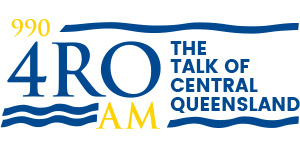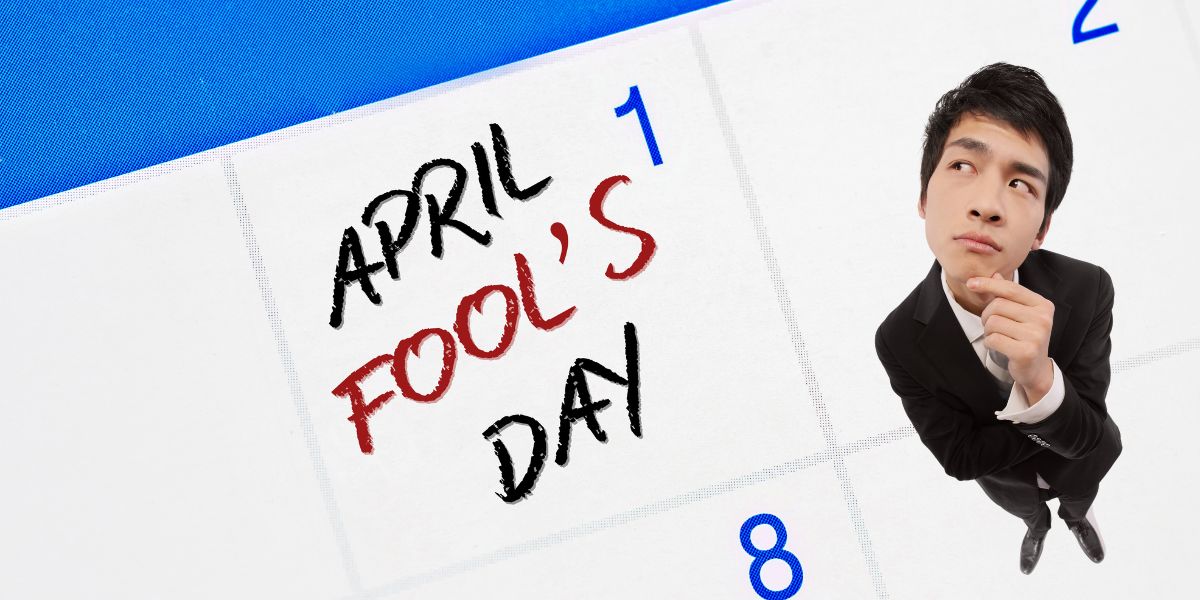April Fools’ Day, celebrated annually on April 1st, is a lighthearted occasion marked by pranks and hoaxes. Despite its widespread observance, the exact origins of this tradition remain uncertain, with several theories offering insights into its possible beginnings.
Calendar Change Theory
One prevalent theory traces April Fools’ Day to the 16th-century calendar reforms in France. Prior to 1582, the Julian calendar was in use, with the new year commencing around the end of March. With the adoption of the Gregorian calendar, New Year’s Day shifted to January 1st. However, news of this change traveled slowly, and some individuals continued to celebrate the new year in late March or early April. These traditionalists were mocked and labeled “April fools,” giving rise to the custom of playing pranks on this day.
Ancient Festivals
Another perspective links April Fools’ Day to ancient Roman festivals such as “Hilaria,” celebrated in late March. During Hilaria, people engaged in games, masquerades, and general merriment, which included elements of trickery and deception. This festival’s emphasis on joviality and pranks may have influenced the development of April Fools’ traditions.
Literary References
Some scholars suggest that literary works hint at the early observance of April Fools’ Day. For instance, Geoffrey Chaucer’s “The Canterbury Tales,” written in 1392, contains a passage in “The Nun’s Priest’s Tale” that some interpret as a reference to April 1st. In this tale, the vain rooster Chauntecleer is tricked by a fox, with the timing described as “Syn March bigan thritty dayes and two,” potentially indicating April 1st. However, interpretations vary, and some believe this to be a misreading or scribal error.
Cultural Variations
The tradition of April Fools’ Day has evolved differently across cultures. In France, for example, the day is known as “Poisson d’Avril” (April Fish), where a common prank involves attaching a paper fish to someone’s back. In Scotland, the celebration was historically called “Huntigowk Day,” involving sending people on foolish errands. These variations highlight the diverse ways societies embrace humor and light-hearted deception.
While the precise origins of April Fools’ Day remain elusive, the enduring nature of the holiday underscores a universal appreciation for humor and playfulness. Whether rooted in calendar changes, ancient festivities, or literary allusions, April 1st continues to be a day where jesters and jokesters take center stage, reminding us of the joy found in light-hearted pranks and laughter.






